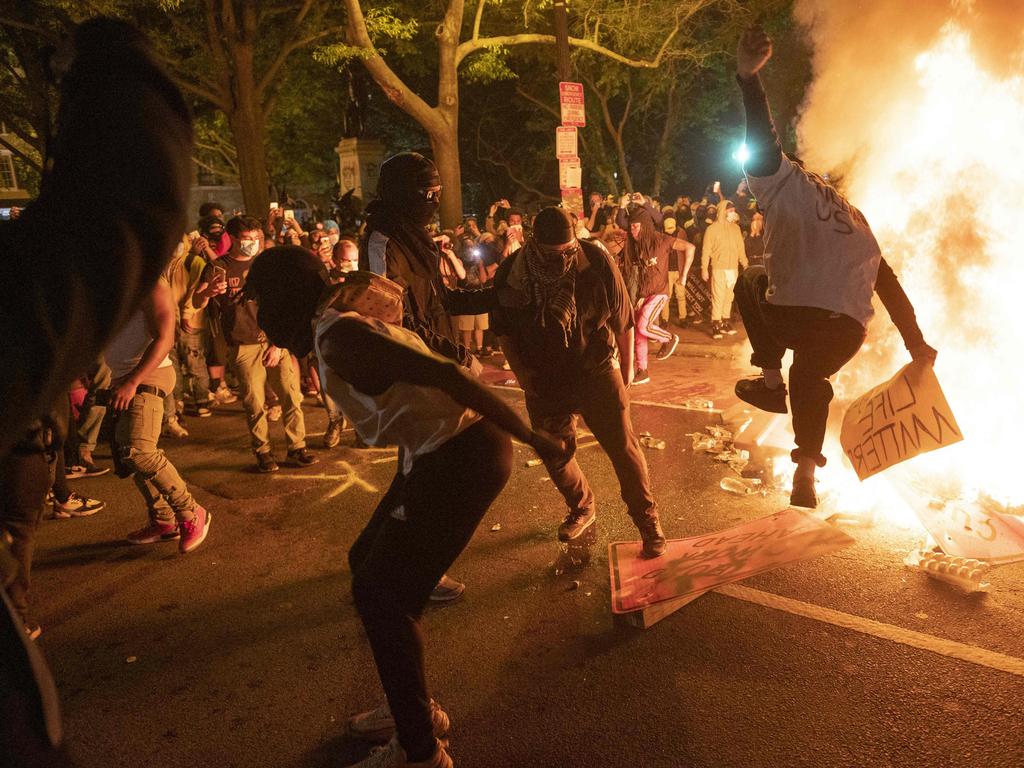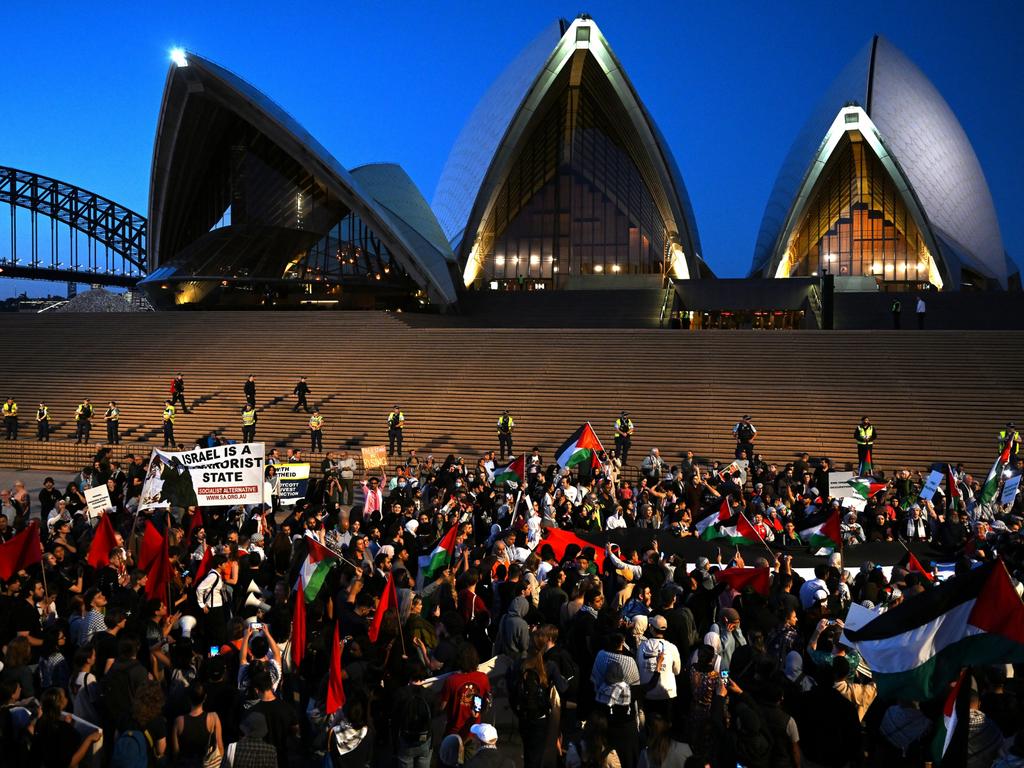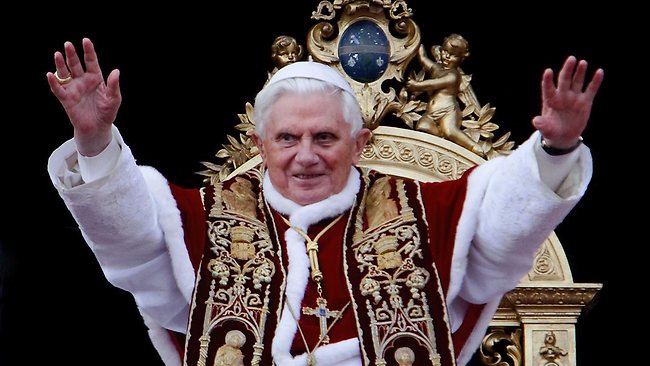
Like all of Solzhenitsyn’s prodigious output, the questions at its heart echo those Leo Tolstoy posed in War and Peace: “What does it all mean? Why did it happen? What made these people kill their own kind?”
And it is precisely because Solzhenitsyn focused on those questions that The Gulag Archipelago is not merely a searing indictment of Soviet communism but a work of moral analysis.
The proximate cause of the horrors it portrays was, no doubt, the Bolshevik regime that came to power in 1917. Yet the Bolsheviks’ murderous mindset did not emerge from thin air. Rather, it was the outcome of the philosophy that gained absolute sway over the “progressive” Russian intelligentsia of the 19th century. Epitomised by Nikolay Chernyshevsky’s What Is To Be Done? (1863), which Lenin considered a masterpiece, that philosophy rejected the notions of free will, human nature and personal responsibility, instead asserting that people’s behaviour depended entirely on their circumstances.
Having deduced from that proposition the complete malleability of human beings, Chernyshevsky concluded that the perfect society could be built on earth – so long as the elite that grasped philosophical materialism’s “scientific conclusions” had the grim determination re-engineering humanity required.

Chernyshevsky’s reasoning, which became an integral part of Soviet Marxism’s dogma, left no room for any transcendental morality. The contention that some actions could be absolutely right or wrong, was, said Lenin, “moralising vomit”; all that mattered was their results. And since “there can be no middle course” between communism and reaction, “nothing, however vile, should be condemned that (advances) the working people’s struggle against the exploiters”.
Seen within that prism of Manichean logic, incarcerating and even executing those who might undermine “the struggle against the exploiters” was more than justifiable: it was, regardless of their actual conduct, an obligation. So when Dmitri Kursky was formulating the new Soviet legal code, Lenin cautioned him that “the law should not abolish terror; it should be legalised, without evasion or embellishment”.
The code therefore treated potential crime as crime, extending culpability to “(1) the guilty, (2) persons under suspicion and (3) persons potentially under suspicion”, with NKVD chief Nikolai Yezhov’s infamous Order No.00486 specifying that the wives of “traitors of the motherland” were to be sentenced to forced labour, and even their children, who might wish to take revenge, were to be imprisoned.
The goal of mercilessly “hanging bloodsuckers” was, wrote Lenin, to ensure “that for hundreds of miles around the people can see, tremble and cry: they are and will go on killing”. But that, explained Lenin’s close associate, Nikolai Bukharin, was not terror’s only objective: “Proletarian compulsion, beginning with shootings and ending with labour conscription, is a method of producing a communist humankind out of the detritus of the capitalist era”: millions of inmates were to be “moulded into a new type of human being”.
There was, however, a fundamental problem with this attempt to play God: even under the most horrifying conditions, its victims might resist its delusions of omnipotence. At some point, Solzhenitsyn observes, every prisoner faced a choice: should one “survive at any price”, that is, “at the price of someone else”?
“There lies the great fork of camp life. The roads go right and left: to the right – you lose your life; to the left – your conscience.”
Reality thereby put Marxism’s claim that it could secure the “total surrender of our souls” to the ultimate test – and more often than one might have imagined, when utterly powerless convicts had “to declare the great Yes or the great No”, the claim failed.
Never did it fail more frequently than with people of faith, who were largely the humble of this earth. Like the self-effacing Alyosha, the gentle Baptist in Solzhenitsyn’s A Day in the Life of Ivan Denisovich, they were the ones with the moral courage to choose the path of truth over that of living a lie.
And while the regime’s pre-eminent intellectuals “all too often turned out to be cowards, quick to surrender, and, thanks to their education, disgustingly ingenious in justifying their dirty tricks”, ordinary “zeks” (as the convicts were known) led mass rebellions, which Solzhenitsyn scrupulously documented, for the first time, in The Gulag Archipelago’s magnificent third volume.
But there is, Solzhenitsyn well knew, “this terrible strength of man, his desire and ability to forget”; and he also knew that “a people which no longer remembers has lost its history and its soul”. He therefore dedicated The Gulag Archipelago, as record, tribute and threnody, to “those who did not live to tell it: and may they please forgive me for not having remembered it all”.
That is why Solzhenitsyn would have been appalled by the Putin regime’s whitewashing of Soviet history, which culminated late last year in the unveiling of a monument to Felix Dzerjinski, the founder of Lenin’s secret police and of the Gulag, who Solzhenitsyn branded a mass murderer.
The duty of bearing witness also impelled Solzhenitsyn’s stark warnings to the West. To say he despised the West is nonsense. It was because he valued it so highly that he feared for its condition.

The fact that so many of its “leading thinkers (are) against capitalism”; that “under the influence of public opinion, the Western powers (have) yielded position after position”, hoping “that their agreeable state of general tranquillity might continue”; the supineness to “brutally dictatorial” China; the intelligentsia’s “fierce defence of terrorists”, “greater concern for terrorists’ rights than for victims’ justice” and habit of calling terrorists “militants” – all these were symptoms of calamitous moral decay.
That “fashionable ideas are fastidiously separated from those that are not fashionable, and without ever being forbidden, have little chance of being heard in colleges”, only made the rot deeper and more pervasive.
Little wonder that Solzhenitsyn, having expressed those views, was savaged for ignoring America’s “vibrantly pluralistic society”, with The New York Times ridiculing his reminder that moral relativism leads to moral oblivion as the ravings of a “religious enthusiast”. And little wonder today’s Australian students are far less likely to have read Solzhenitsyn than to have pored over the idiotic scribblings of Leninism’s contemporary epigones.
Yes, Solzhenitsyn had his failings. But five decades after The Gulag Archipelago’s publication, the verdict of that other brilliant Russian Nobel laureate, Iosif Brodsky, who disagreed with Solzhenitsyn on many things, fully retains its validity.
“It is possible that two thousand years from now reading The Gulag will provide the same insight as reading the Iliad does today,” Brodsky wrote. “But if we do not read The Gulag today, there may, much sooner than two thousand years hence, be no one left to read either.”








Fifty years ago last week, Aleksandr Solzhenitsyn’s The Gulag Archipelago was released in Paris. Far more than simply an account of the Soviet prison camps, Solzhenitsyn’s work still stands both as an extraordinary testimony about the past and as a stark warning for the present.